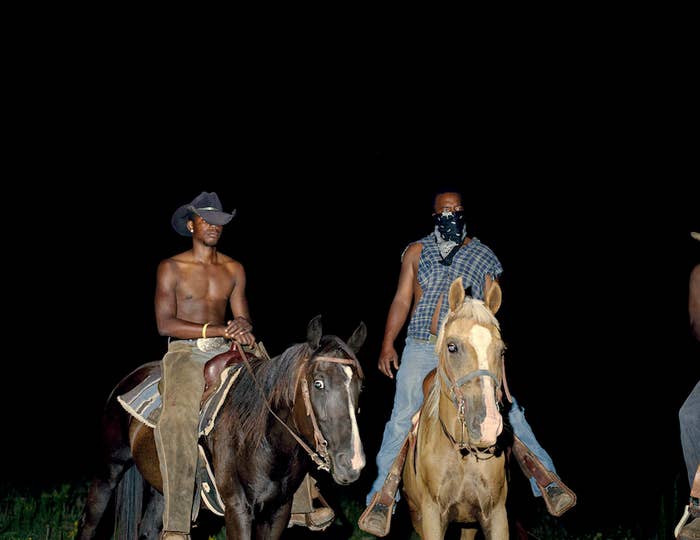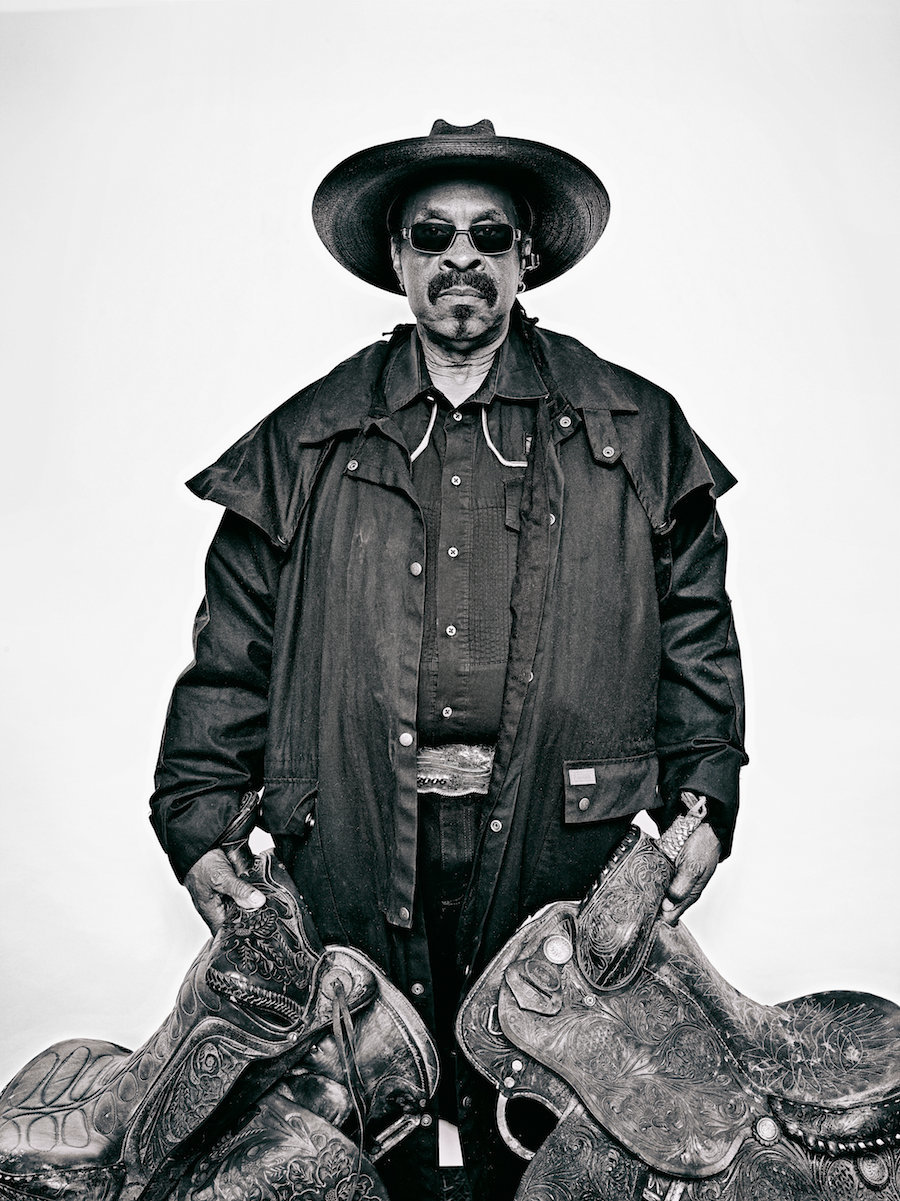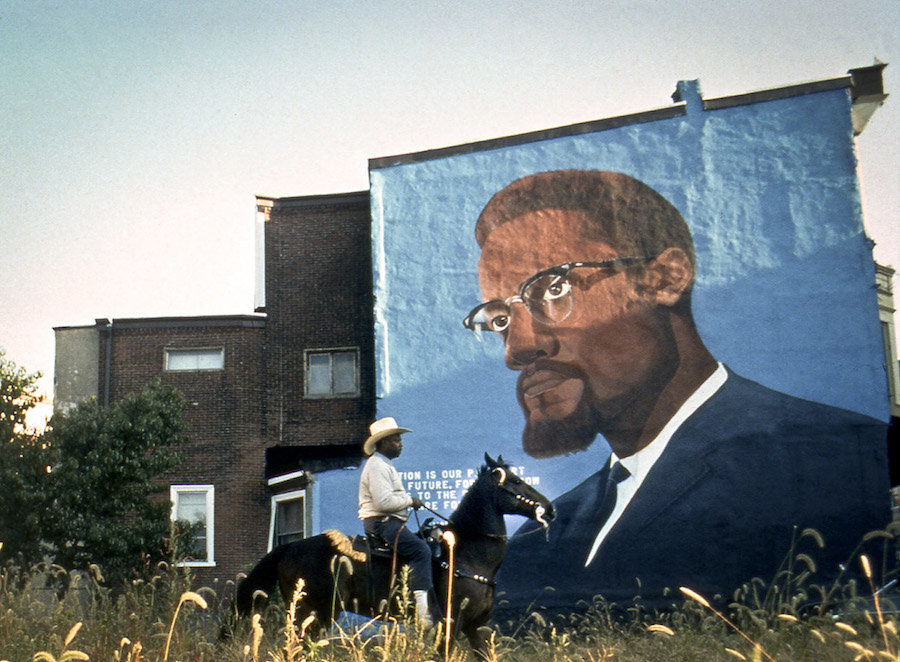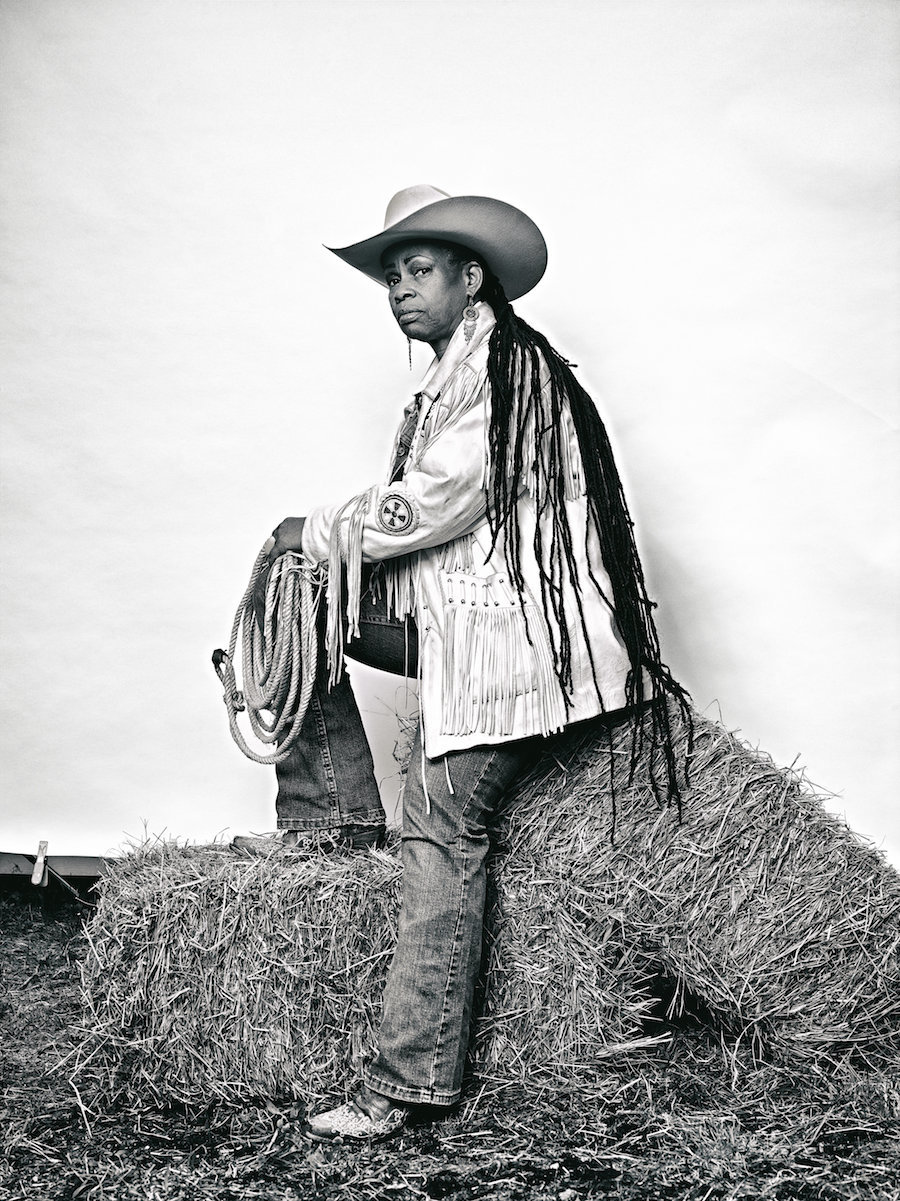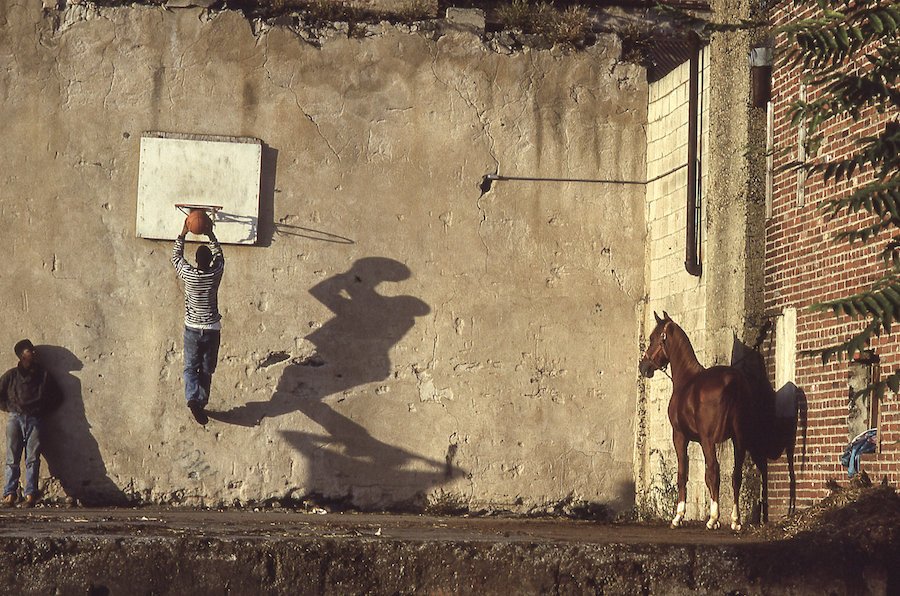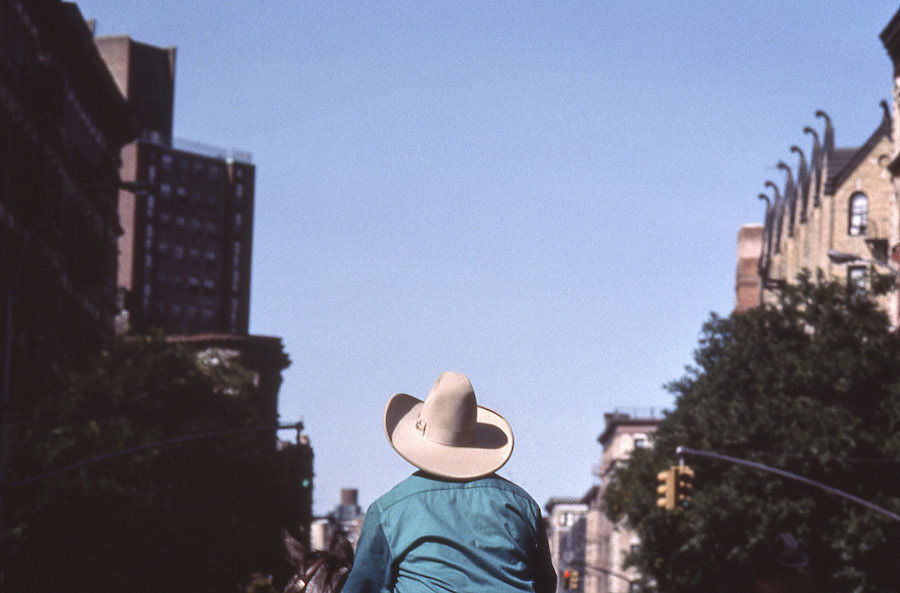It ’s time to retire the persistent myth equalize cowherd with whiteness .
Contrary to what the homogenous imagery depicted by Hollywood and history books would lead you to believe, cowboys of color have had a substantial presence on theWestern frontier since the 1500s. In fact, the word “cowboy” isbelieved by some to have emergedas a derogatory term used to describe Black cowhands.
In the 1870s and ’80s, theVillage Voice reports, approximately 25 percent of the 35,000 cowboys on the Western Frontier were black. And yet the majority of their legacyhas been whitewashed and written over.
In 2013 Tarver set out to document black cowboy culture, in part as a tribute to his grandfather, a cowboy in Oklahoma in the 1940s. “He worked on a ranch and drove cattle from near Braggs to Catoosa.”
Kesha Morse, the FBC president, described their mission as using “the uniqueness of horsesas a way to reach inner-city children and expose them to more than what they are exposed to in their communities.”
This billet primitively appear onHuffPost .

